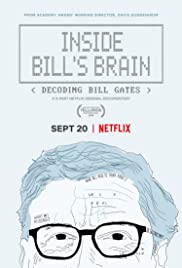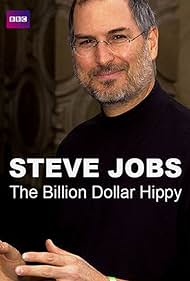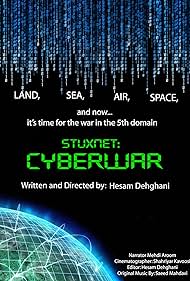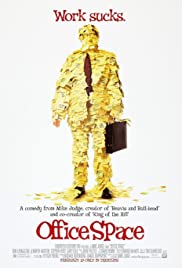Ghost in the Shell: S.A.C. 2nd GIG - Individual Eleven Soundtrack (2006)

Buy on Amazon Play and download Soundtracks
Ghost in the Shell: Stand Alone Complex 2nd GIG - Individual Eleven
Ghost in the Shell: S.A.C. 2nd GIG - Individual Eleven
Ghost in the Shell: S.A.C. 2nd GIG - Individual Eleven
Synopsis
The year is 2030. Six months passed since the Laughing Man Incident was solved. About 3 million refugees are living in Japan, invited to fill the labor shortage. However, the emergent presence of the invited-refugees intensified their confrontation with the "Individualists", who called for national isolation, which then led to the increased incidences of terrorist attacks. Under these circumstances, a terrorist group called the Individual Eleven carries out a suicide attack. But there was a greater scheme behind their action. When Section 9 learns this, they attempt to nail down the mastermind of the incident.
Meanwhile, Kuze, a surviving member of the Individual Eleven, becomes a charismatic leader of the invited-refugees and intensifies the confrontation against the government. And Motoko starts feeling a strange sense of fate connecting her with Kuze...
Invited-refugees from Asia: At the time of the Third and the Fourth World Wars, about three million Asians became refugees. As a source of cheap labor, they were invited into Japan. Thus they were called "invited-refugees." As post-war Japan recuperated, the unemployment rate of the invited-refugees increased. This developed a circumstance that could lead to a conflict. The problems surrounding the invited-refugees might explode any minute...
Download and play the Soundtrack list
| Play | Title | Artist |
|---|---|---|
|
Ghost in the Shell: S.A.C. 2nd GIG - Individual Eleven
|
||












